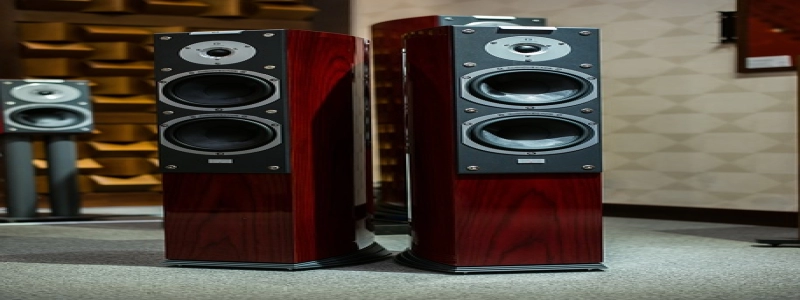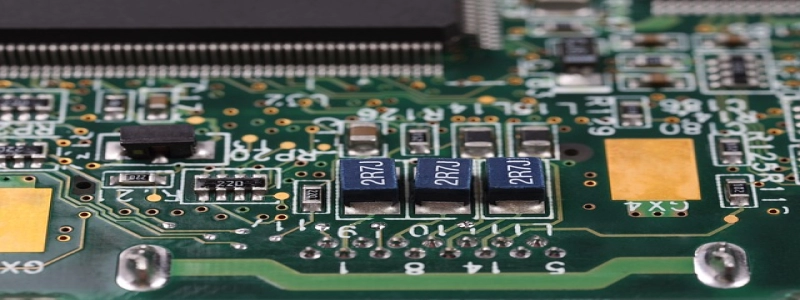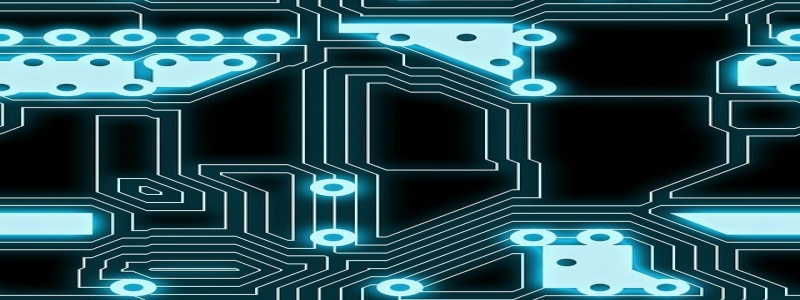Types of Ethernet Ports
Introduction:
Ethernet ports are crucial components in computer networking, allowing devices to connect and communicate with each other over a local area network (réseau local) or wide area network (WAN). There are several types of Ethernet ports, each with its own specific features and capabilities. Dans cet article, we will explore the different types of Ethernet ports and their applications.
1. RJ-45 Ethernet Port:
The most common type of Ethernet port is the RJ-45 (Registered Jack-45) port. It is widely used in home networks, offices, and data centers. The RJ-45 port supports data transfer speeds up to 1000 Mbps and utilizes an 8-pin connector. It is compatible with Category 5e (Cat 5e) and Category 6 (Chat 6) Câbles Ethernet, which are commonly employed in high-speed internet connections.
2. SFP Ethernet Port:
Small Form-factor Pluggable (SFP) Ethernet ports are primarily utilized in enterprise-level networks and networking equipment. These ports offer increased flexibility as they support various types of networking technologies, such as Fiber Channel, Gigabit Ethernet, et 10 Gigabit Ethernet. SFP ports are hot-swappable, allowing for easy replacement and upgrade of network modules without disrupting the entire network.
3. USB Ethernet Port:
USB Ethernet ports are more commonly found in laptops and desktop computers. These ports provide a convenient way to add Ethernet connectivity to devices that lack built-in Ethernet ports. USB Ethernet adapters convert USB signals into Ethernet signals, enabling devices to connect to the network through a USB port. USB 2.0 ports support data transfer speeds up to 480 Mbit/s, while USB 3.0 ports can transfer data at a rate of up to 5 Gbit/s.
4. SFP+ Ethernet Port:
SFP+ (Enhanced Small Form-factor Pluggable) Ethernet ports are an upgraded version of SFP ports, designed for higher bandwidth requirements. SFP+ ports are typically used in data centers and high-performance computing environments. These ports support data transfer speeds up to 10 Gigabits per second (Gbit/s), making them suitable for demanding networking applications.
Conclusion:
Ethernet ports are vital for establishing reliable and fast network connections. From the commonly used RJ-45 ports to the more specialized SFP and SFP+ ports, each type offers unique features and advantages. The choice of Ethernet port depends on factors such as network requirements, data transfer speeds, distance limitations, and compatibility with networking equipment. Understanding the different types of Ethernet ports allows network administrators and users to select the most suitable option for their specific networking needs. With the rapid advancement of technology, Ethernet ports are continually evolving to meet the growing demands of modern networking environments.








